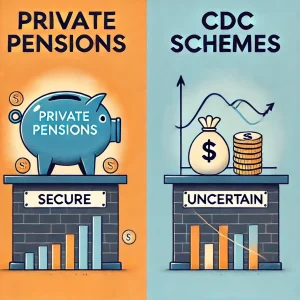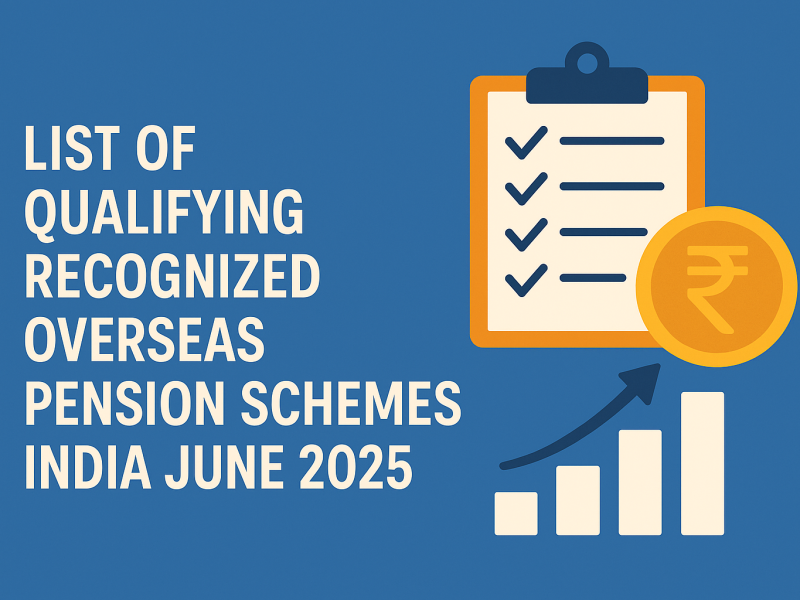
We covered quite a few of the new planned reforms including the ones mentioned in the “King’s speech” in a previous article and in this post we’re going to talk about CDC’s and why they aren’t all that they’re cut out to be. The UK government is overhauling its pension system to revive the economy. One of the biggest changes is the shift toward private pensions with CDC schemes. While the government promotes Collective Defined Contribution (CDC) Schemes as a better option, they may not be as beneficial as claimed.
What Are Private Pensions with CDC Schemes?
Recent pension reforms, including those in the King’s Speech, aim to reshape retirement planning. CDC pensions are a key part of these changes, but they come with significant risks.
The Defined Contribution (DC) pension remains the most common in the UK. Employees, employers, or both contribute to an individual pension account. Upon retirement, the total amount, plus investment returns, is paid out. Payments are guaranteed for life, ensuring stability.
CDC pensions work differently. Instead of separate accounts, all contributions go into a collective fund. Payments come from this shared pool, and payouts are not fixed. If the scheme has enough funds, pensions increase. If not, they decrease.
How Do CDC Schemes Work?
Unlike DC pensions, which provide fixed monthly payments, CDC pensions adjust payouts based on life expectancy. If someone dies early, their remaining funds help those who live longer. While this system prevents retirees from outliving their pensions, it eliminates individual control over savings.
The biggest risk with CDC pensions is that payments are never guaranteed. Retirees who spent decades paying taxes, National Insurance, and VAT expect stability. Instead, they face uncertainty.
Why Is the UK Switching to CDC Pensions?
Chancellor Rachel Reeves visited Canada to study the Canada Pension Plan Investment Board (CPPIB). Over the past decade, CPPIB delivered annual returns of about 9.2%, convincing the UK government to adopt a similar strategy.
But fixed-income pension plans in India offer guaranteed returns of up to 10.5%. Compared to CDC pensions, these fixed plans provide security, not uncertainty. The lack of guaranteed payouts makes CDC pensions a high-risk choice for retirees.
The Risks of Private Pensions with CDC Schemes
- Pension payments fluctuate based on market conditions.
- No guaranteed minimum payout leaves retirees exposed to losses.
- Pension funds don’t pass to heirs since they get redistributed.
- CDC pensions are less secure than fixed-income pension plans with guaranteed returns.
Many retirees seek stable, tax-efficient alternatives. QROPS transfers to India offer a safer option with reliable returns.
Final Thoughts
The government promotes the replacement of private pensions with CDC schemes as a step forward. In reality, they create more financial uncertainty. Unlike fixed-income pension plans, CDC pensions lack guaranteed payouts, making them a risky choice for retirees.
For NRIs, QROPS transfers to India remain a tax-efficient, stable, and high-return alternative to the risks of CDC pensions.

